The Custodial Lightning Wallet Speed Introduces Stablecoin USDC ($1.00) After USDT ($0.99). Bridges Make Deposits from Ethereum Easy, and an Exchange Service Allows Real-Time Swaps Between Bitcoin and Stablecoins.
Basically, there are only three true currencies in this world: Bitcoin, gold, and the dollar. Everything else that stores or transmits value—be it the euro, silver, or ether—derives from these currencies.
With the dollar, alongside bitcoin, now the second of these true currencies is arriving on the Lightning Network. The Speed wallet is leading the way here. Yesterday, it introduced the stablecoin USDC—the strongest stablecoin after Tether’s dollar—and, unlike Tether, one that is licensed for operation in the EU.
Users of the Speed wallet can deposit USDC not just via Lightning, but also via Ethereum. If you have USDC as ERC20 tokens, you can easily transfer the tokens into the Lightning Network with a simple transaction. Alternatively, you can swap bitcoin for USDC.

The Speed wallet now displays balances in three currencies.
Once USDC is in your wallet, you can send it to any other wallet that accepts it. Or you can swap it for bitcoin, allowing the wallet to facilitate native dollar token-to-native bitcoin exchanges within the Lightning Network itself.
The technical foundation for the USDC-L tokens is the Taproot Assets protocol, developed by Lightning Labs. It anchors tokens into the “leaves” of the “hash tree” at the core of each Taproot transaction, providing the advantage of functioning both on-chain and off-chain within Lightning. Speed had already brought Tether’s USDT to the wallet as a Taproot Asset back in August 2024.
The user experience is impressive: depositing tokens is simple and fast; transfers, as well as swaps, are possible in real time. One could argue that stablecoin integration was the final touch Lightning needed to go mainstream.
However, there are two caveats: First, neither USDT nor USDC tokens are widely supported across Lightning wallets. Besides Speed, only AquaWallet and Uxuy support USDT on Lightning; for LNBits, there is at least a plugin for Taproot Assets enabling reception of such tokens. Almost a year after Lightning Labs announced the protocol, it remains an exception rather than the norm for wallets to support these assets.
Second, Speed is a custodial wallet. Without custody, neither swaps nor deposits from Ethereum would be possible. Unfortunately, this means users do not have control over their bitcoin and dollars. Speed is also obligated to collect users‘ private data and share it during transactions—and if it refuses, it would likely not be permitted to operate in most jurisdictions.
Currently, Speed is registered in Dubai, where it is legally able to operate in this manner. This might work for a while, but at any time Speed may have to change its policies or even block EU residents. For this reason, only small amounts—play money—should be entrusted to the wallet; it’s possible that Speed could be compelled to freeze user funds.
All in all, stablecoins on Lightning hold significant potential. They enable a bitcoin wallet to support dollars, allow (in theory) real-time, trustless swaps between bitcoin and dollars, and make it possible to send dollars quickly and custodial-free around the world. For this potential to be realized, it should become the standard—not the exception—for Lightning wallets to recognize dollar tokens. This is especially true for robust, non-custodial Lightning wallets such as Phoenix. Otherwise, the decentralized revolution may end up being little more than an update for banking apps.









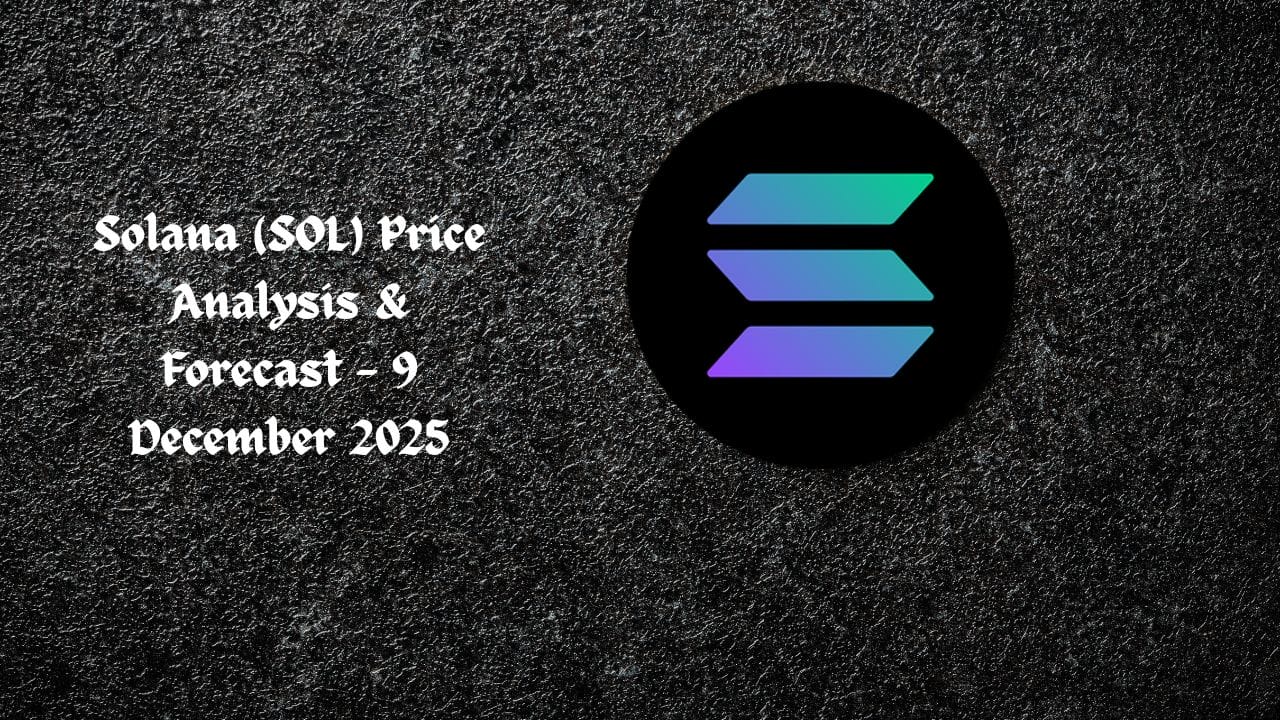



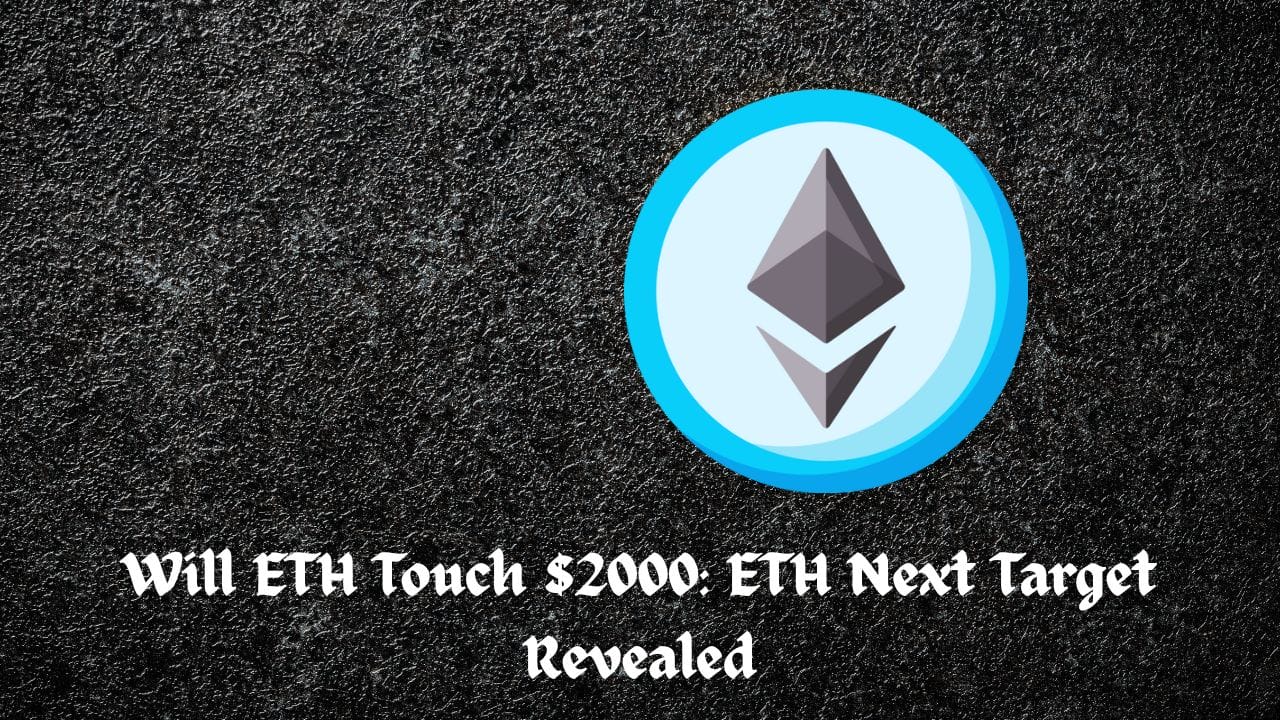
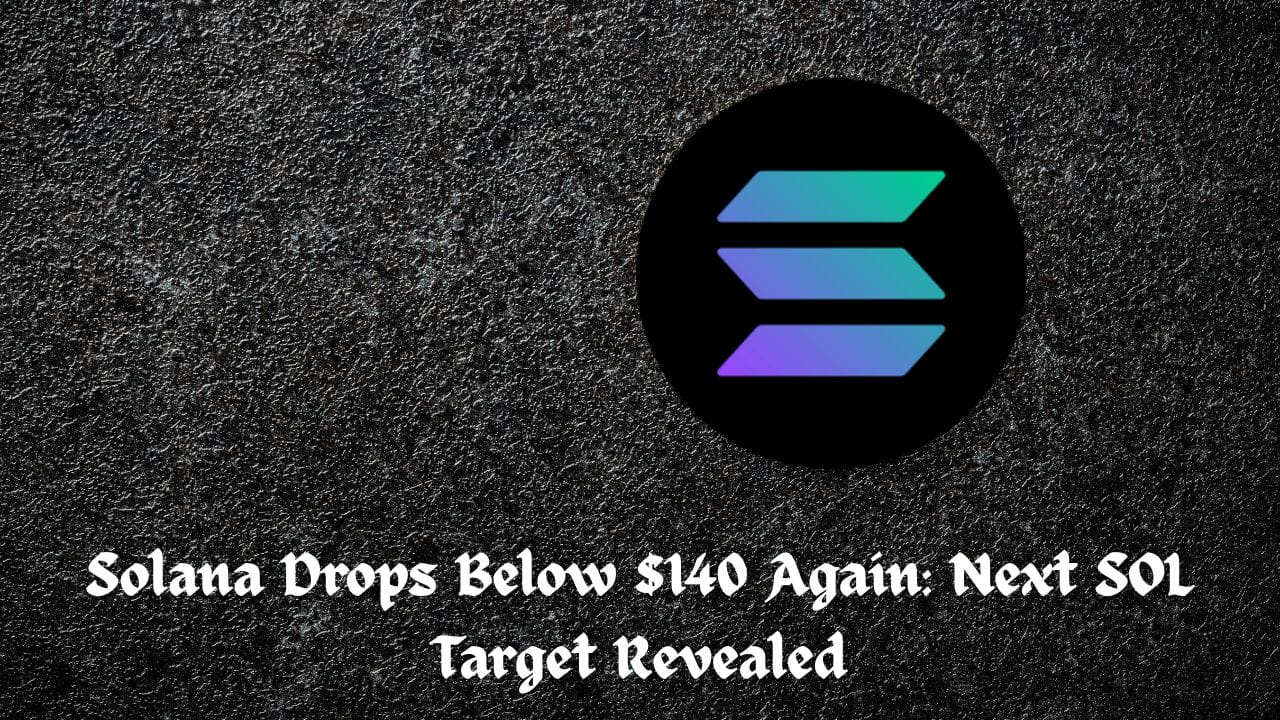


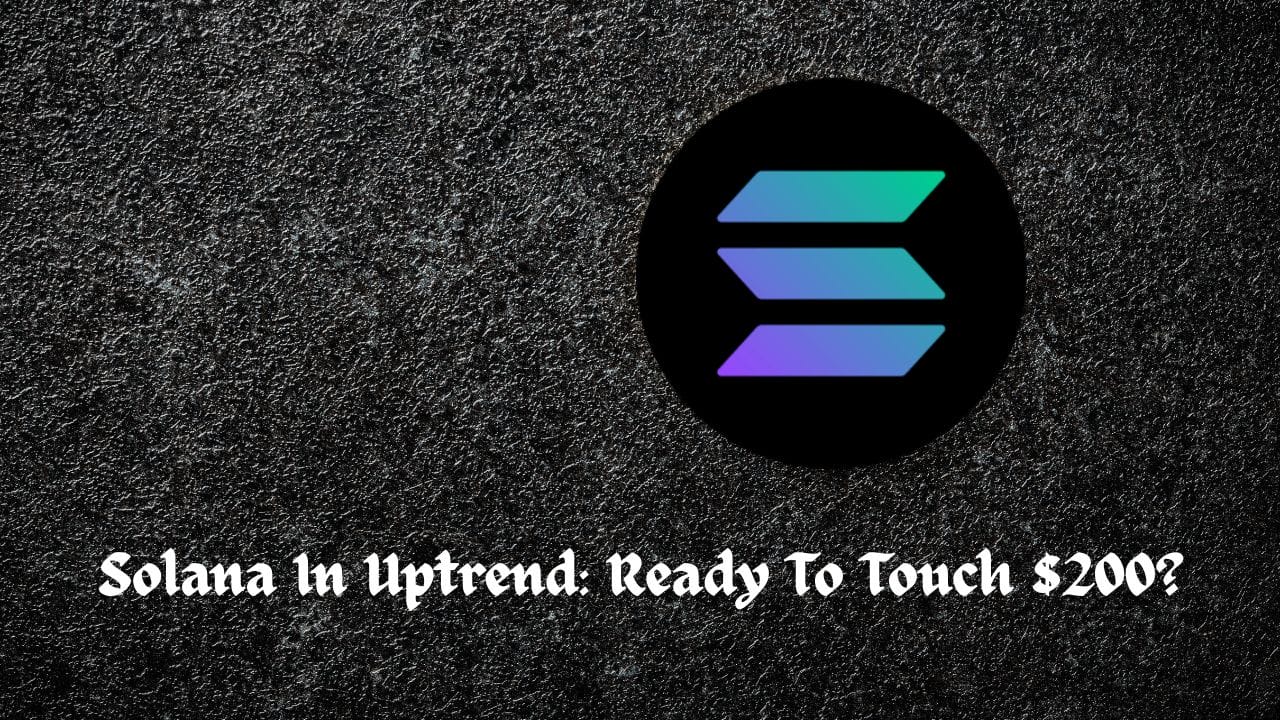
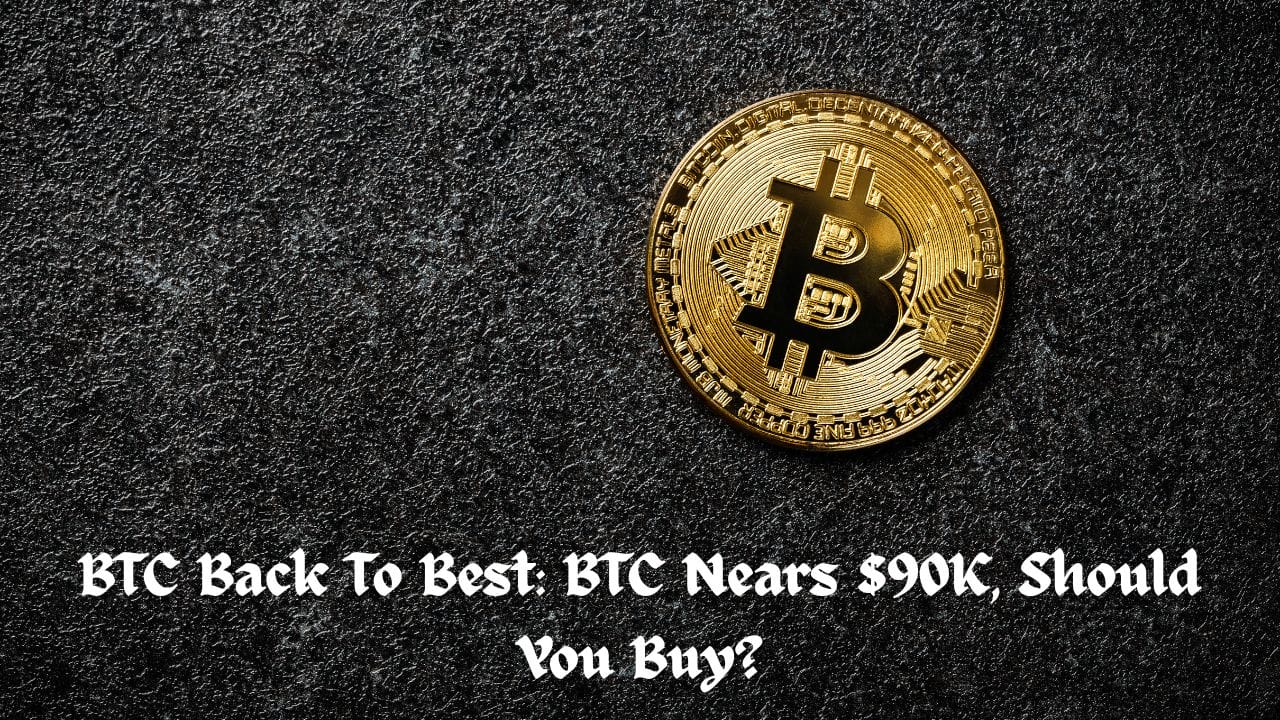




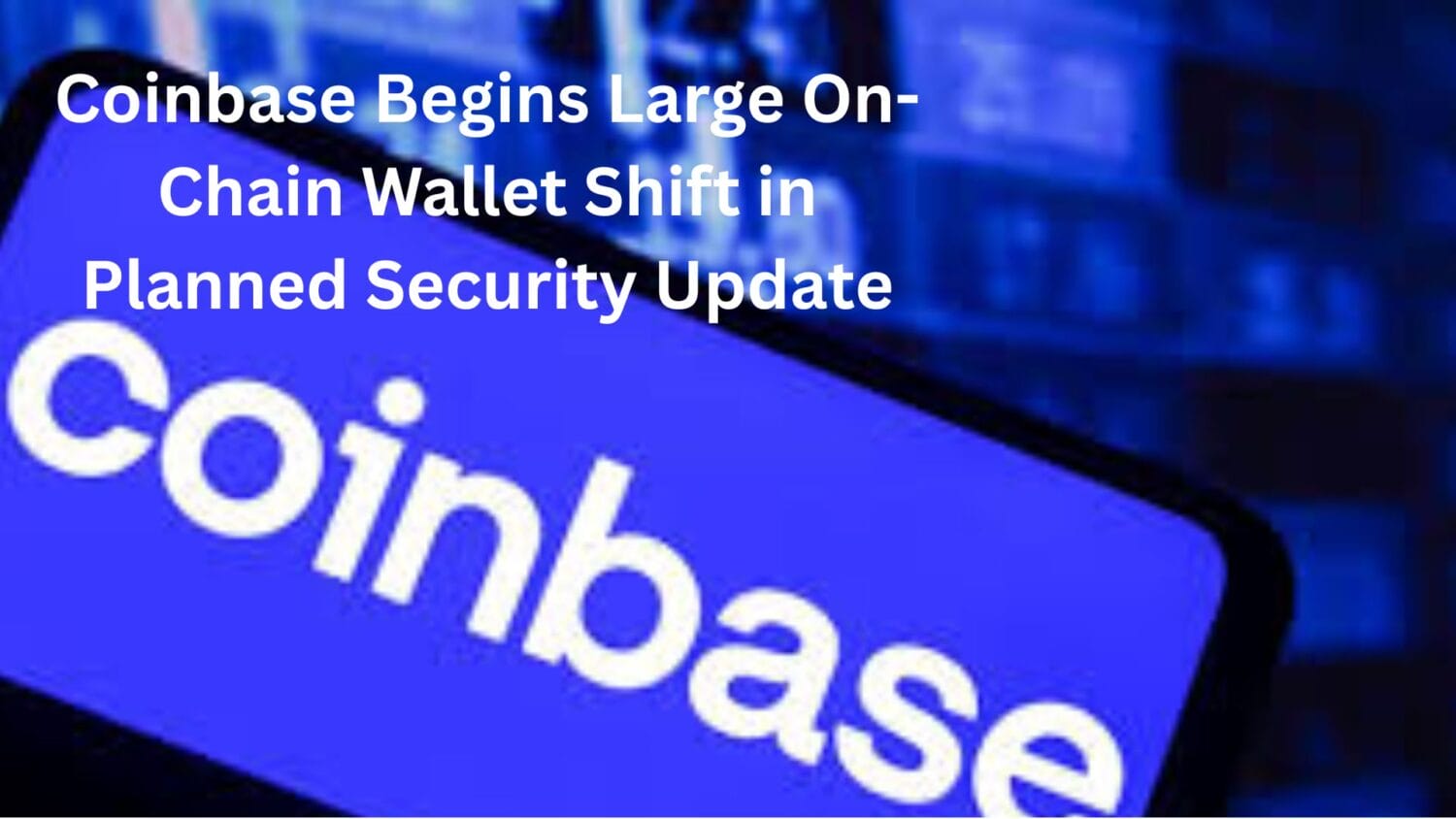
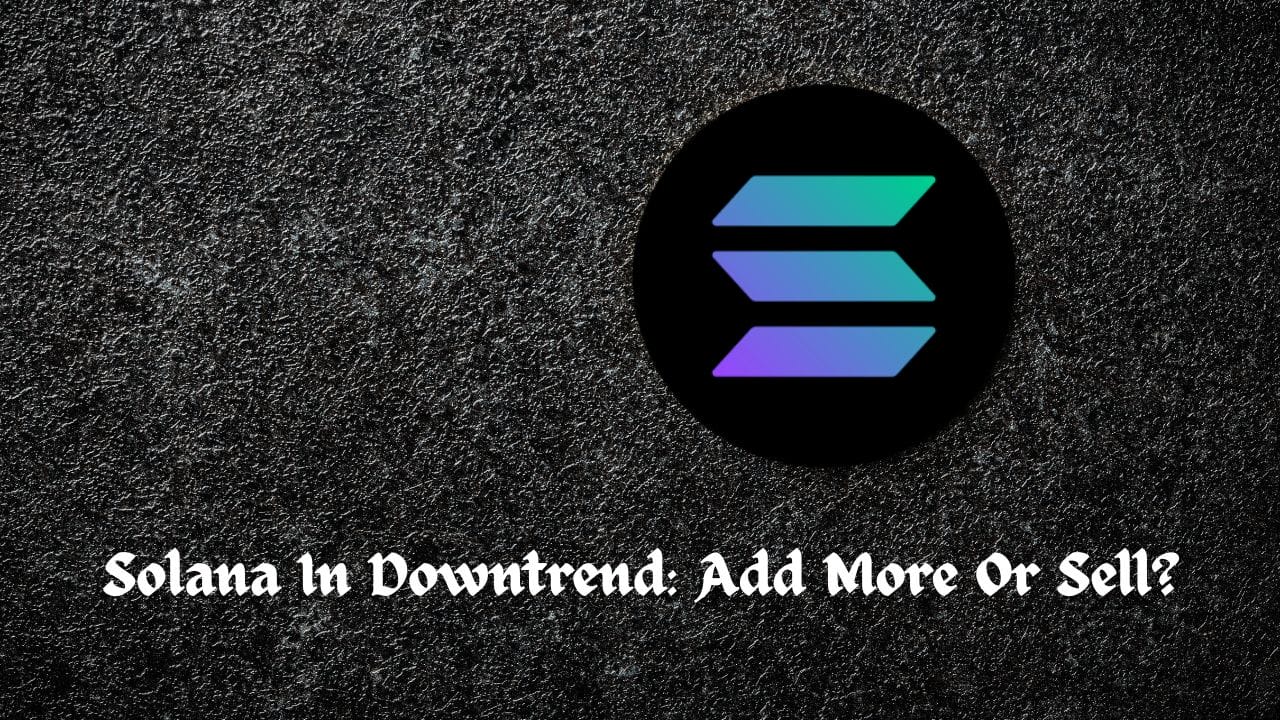


 24h Most Popular
24h Most Popular
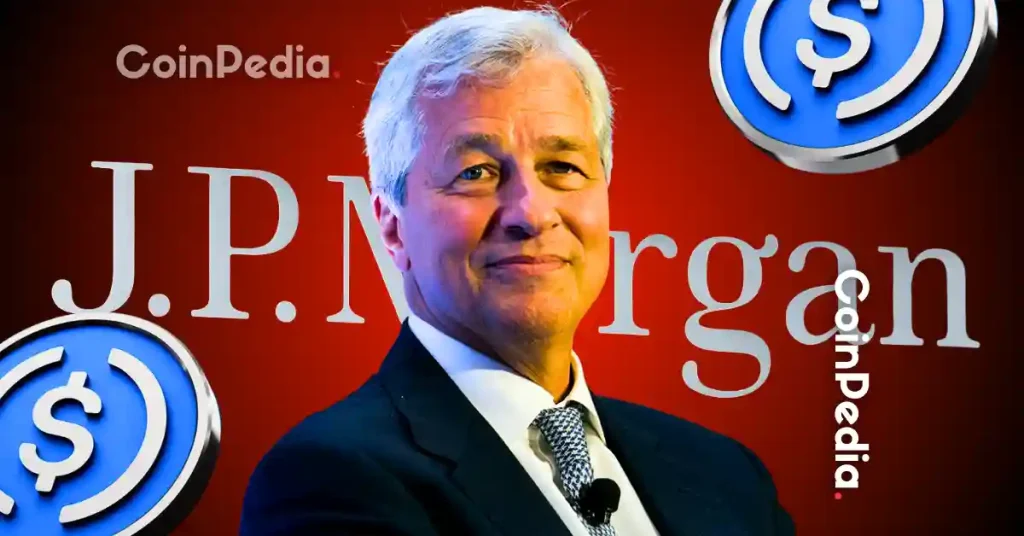



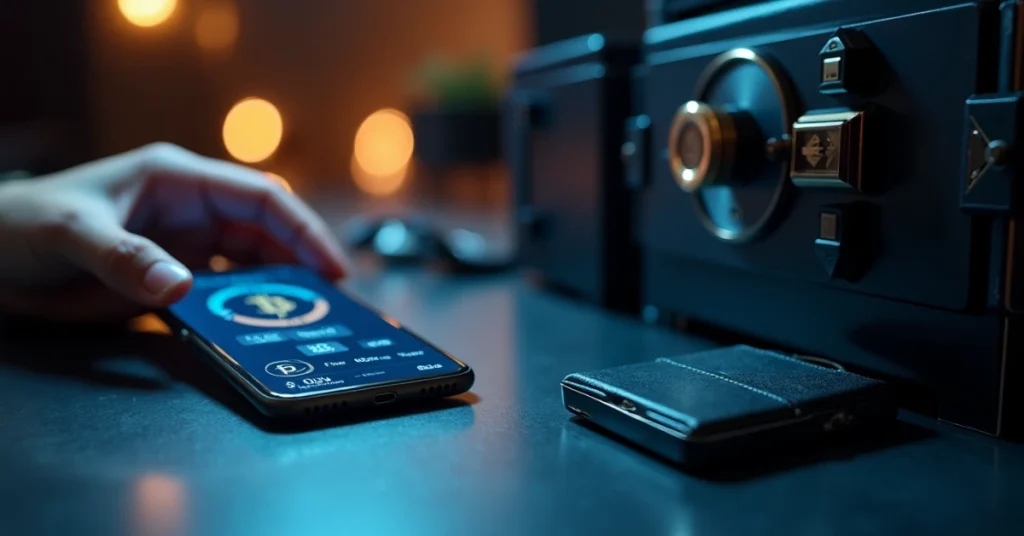

 Utilities
Utilities